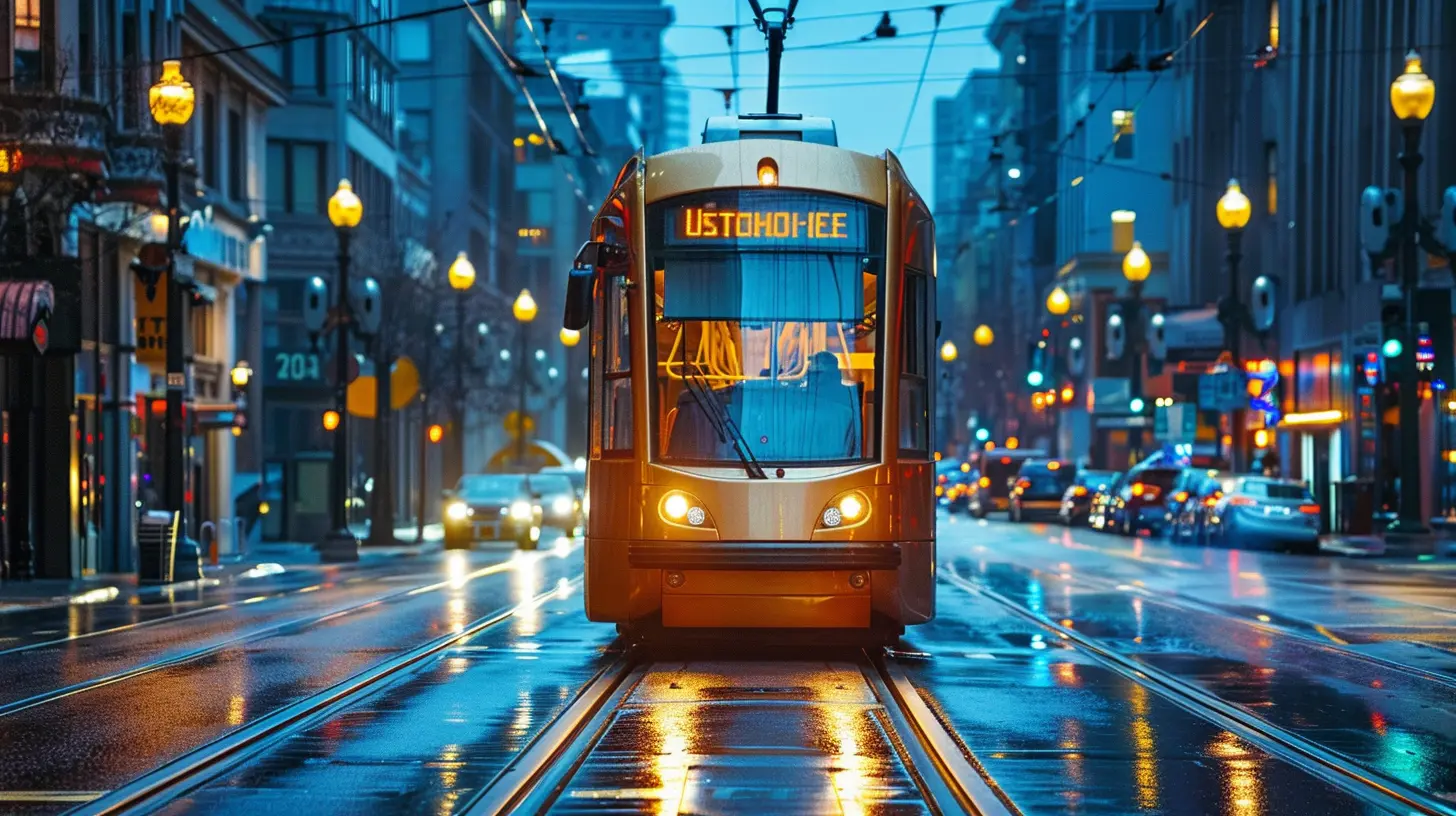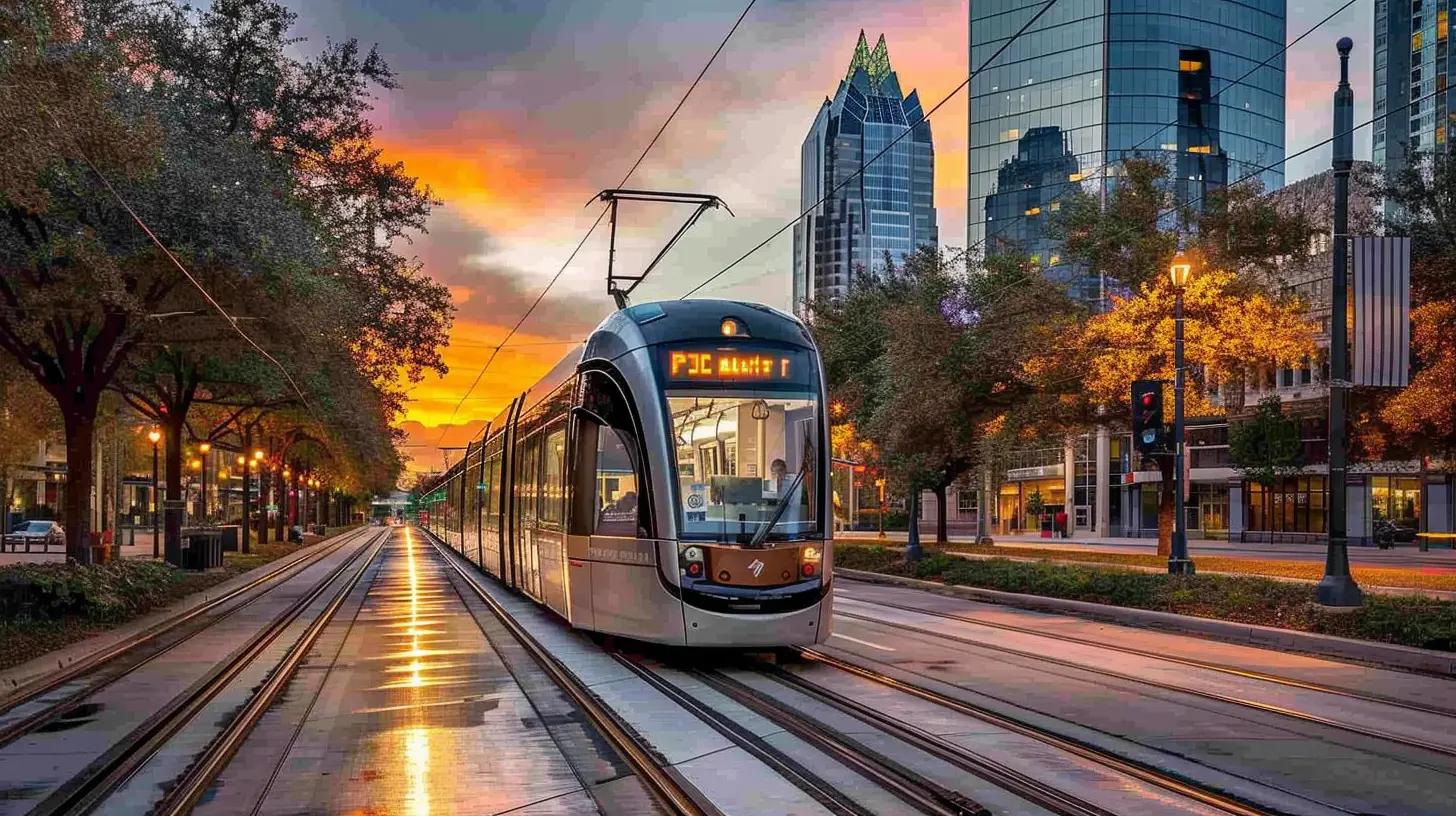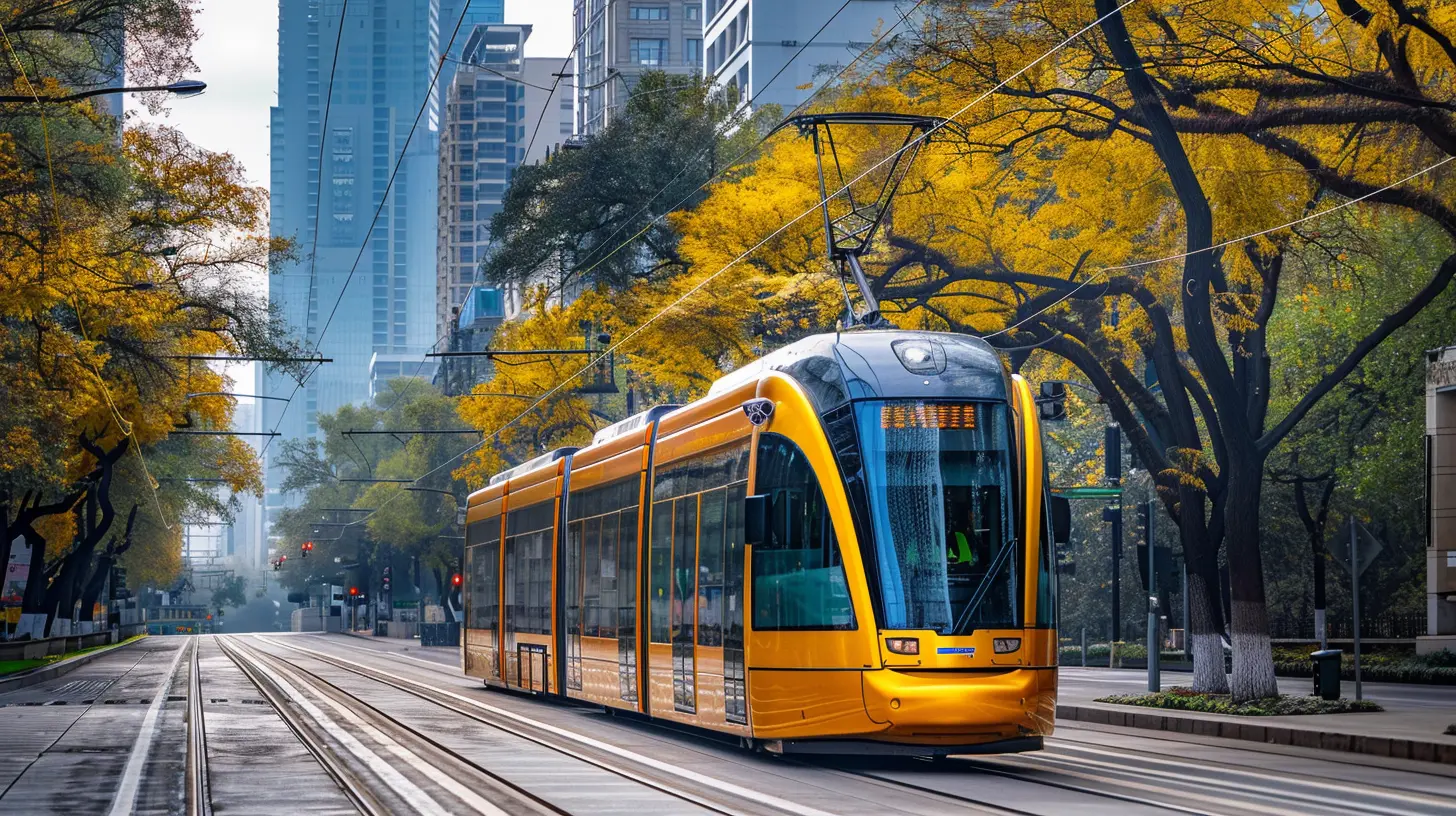The Role of Public Transit in Urban Real Estate Value
10 May 2025
Public transit has always played a crucial role in shaping cities. But did you know that it also has a significant impact on real estate prices? Whether it's a subway line, a bus network, or a commuter rail system, public transportation can transform neighborhoods, influence home values, and shape the future of urban development.
If you've ever wondered why some parts of a city boom while others struggle, public transit might hold the answer. Let’s dive into how reliable transportation options can affect property values and why homeowners, investors, and city planners should all pay close attention.

How Public Transit Shapes Real Estate Markets
Public transportation does more than just help people get from point A to point B—it changes the way people live, work, and invest. Areas with strong transit systems tend to attract more interest from homebuyers and renters. But why?1. Accessibility and Convenience Drive Demand
Imagine you're house hunting. You find two identical homes, except one is a 10-minute walk to a train station, while the other requires a long drive through traffic to get anywhere. Which one would you choose?Most people opt for the home with better public transit access. The easier it is to commute to work, school, or entertainment hubs, the more desirable a neighborhood becomes. This increased demand naturally drives up home values and rental prices.
2. Reduced Transportation Costs Make Homes More Affordable
Owning a car is expensive—gas, maintenance, insurance, and parking fees can add up quickly. In cities with excellent public transit, residents can rely less on cars or even ditch them altogether. This allows them to afford more expensive homes since they save money on transportation.For homebuyers, this means they can allocate more of their budget toward purchasing property rather than paying for car-related expenses. For renters, it means they can justify slightly higher rent prices in exchange for convenience.
3. Increased Foot Traffic Fuels Commercial Development
A well-connected public transit system doesn’t just impact residential real estate—it boosts commercial property values too.Think about it: when a subway station or major bus stop is built in a neighborhood, businesses suddenly have access to a larger customer base. Restaurants, shops, and office buildings benefit from higher foot traffic, which increases demand for commercial space. This leads to rising lease rates and, ultimately, higher property values for both residential and commercial properties nearby.

The Transit Premium: How Much Do Properties Near Transit Appreciate?
Studies have consistently shown that properties located near public transit appreciate faster than those without access to transportation. But how much of a difference does it make?1. Higher Property Values
According to research from the American Public Transportation Association (APTA), residential properties near high-frequency public transit services see values increase by 4% to 24% more than those in areas with limited transit access.The extent of this impact depends on several factors, such as:
- Type of transit (light rail, subway, bus rapid transit, etc.)
- Distance from the transit station
- Overall demand in the housing market
2. Rental Price Growth
For investors, rental properties near transit hubs tend to yield higher rental income. Tenants are often willing to pay a premium for the convenience of living near a train station or bus stop.For example, in cities like New York, Chicago, and San Francisco, apartments near subway stations consistently command higher rents. This trend is similar in other transit-rich cities worldwide.
3. Commercial Real Estate Boom
Increased accessibility means more businesses set up shop near transit hubs, driving up demand for office and retail spaces. A bustling transit stop often leads to increased retail sales, attracting larger brands and higher-end businesses.
Transit-Oriented Development (TOD): The Future of Urban Growth
With the growing importance of public transit in real estate, many cities are embracing Transit-Oriented Development (TOD)—a planning approach that focuses on developing mixed-use areas around transit infrastructure. These neighborhoods prioritize walkability, public space, and easy access to transportation.What Makes a TOD Successful?
1. Proximity to Public Transit – Ideally, homes and businesses should be within a 5 to 10-minute walk of a major transit hub.2. Mixed-Use Development – A blend of residential, commercial, and recreational spaces keeps the area vibrant.
3. Pedestrian and Bike-Friendly Design – Wide sidewalks, bike lanes, and green spaces enhance the livability of transit-oriented communities.
4. Affordable Housing Options – Ensuring a mix of housing options helps maintain diversity and accessibility for different income levels.
Many cities worldwide have successfully implemented TOD strategies, leading to economic growth and improved urban living standards.

Downsides and Challenges
While public transit generally increases property values, there are some downsides to consider.1. Gentrification and Displacement
Improved public transit can lead to rapid neighborhood changes, often driving out long-time residents due to rising home prices and rents. Lower-income communities may struggle to afford living in areas they’ve historically called home.City planners must strike a balance between promoting transit access and ensuring affordable housing options remain available.
2. Noise and Congestion
Living near a major transit hub has its downsides—noise pollution, increased foot traffic, and potential congestion can be a turnoff for some. While transit access is a plus, being too close to a busy bus terminal or train station might not always be desirable.3. Unreliable or Poor Transit Systems
Not all transit systems provide the same value boost. If a city’s transit network is unreliable, poorly maintained, or doesn’t connect well to key areas, it might not have the positive effects expected on real estate.The Bigger Picture: A Sustainable and Connected Future
In a world that’s moving toward sustainability, public transit is more than just a convenience—it’s a necessity. As urban populations grow, cities must invest in efficient, accessible, and well-planned transit systems to keep up with housing demand and economic growth.For real estate investors, homebuyers, and city planners, understanding the relationship between public transit and property values is crucial. Whether you're looking to buy a home, invest in rental properties, or contribute to city planning, being near a transit hub could be a game-changer.
Public transportation isn’t just about getting around—it’s about shaping communities, boosting economies, and improving quality of life. And as cities continue to evolve, transit will remain one of the most powerful forces driving urban real estate trends.
all images in this post were generated using AI tools
Category:
Urban LivingAuthor:

Lydia Hodge
Discussion
rate this article
6 comments
Clementine Navarro
Public transit significantly enhances urban real estate value, influencing accessibility and overall community livability.
May 16, 2025 at 12:53 PM

Lydia Hodge
Thank you for your insight! I completely agree—public transit is a key driver of urban real estate value and essential for enhancing community livability.
Gavin McVeigh
Public transit enhances urban real estate value by improving accessibility, attracting residents, and fostering economic growth, benefiting communities overall.
May 13, 2025 at 8:57 PM

Lydia Hodge
Thank you for your insightful comment! You're absolutely right—public transit is a crucial factor in boosting urban real estate value and community development.
Vito Wyatt
Interesting perspective on how public transit influences urban real estate! It’s fascinating to consider how accessibility can shape property values and community dynamics. I'm curious about the long-term effects of transit developments on neighborhoods and how they might transform over time.
May 12, 2025 at 3:25 AM

Lydia Hodge
Thank you for your thoughtful comment! Long-term transit developments can significantly enhance property values and reshape community dynamics by increasing accessibility and attracting new investment. I'm excited to explore these transformations further!
Fiona Rhodes
Thank you for this insightful article! It’s clear that public transit significantly impacts urban real estate values by enhancing accessibility and connectivity. Understanding these dynamics helps stakeholders make informed decisions. I look forward to exploring more about how transit-oriented development shapes our urban landscapes.
May 11, 2025 at 6:52 PM

Lydia Hodge
Thank you for your thoughtful comment! I'm glad you found the article insightful. I appreciate your interest in transit-oriented development and its impact on urban landscapes.
Journey Mercado
Great insights on the interplay between public transit and real estate value! It’s fascinating how accessibility can shape neighborhoods and enhance livability. As cities evolve, I believe understanding this relationship is essential for anyone interested in sustainable urban development. Thank you for sharing!
May 11, 2025 at 3:12 AM

Lydia Hodge
Thank you! I'm glad you found the insights valuable. Accessibility truly plays a vital role in shaping our cities and enhancing livability.
Rivenheart Bowman
Public transit undeniably elevates urban real estate value by enhancing accessibility and reducing commute times, yet its impact varies significantly across neighborhoods, depending on existing infrastructure and investment levels.
May 10, 2025 at 2:32 AM

Lydia Hodge
Thank you for your insightful comment! Indeed, public transit's impact on real estate value is nuanced and heavily influenced by local context and existing infrastructure.
MORE POSTS

Effective and Polite Communication with Lenders

How to Identify Common Real Estate Scams in Your Market

Community Living: Is It the Right Fit for Your Downsized Lifestyle?

Understanding the Role of Home Inspections in the Mortgage Process

Staging Your Home for Pet Owners Without Alienating Non-Pet Buyers